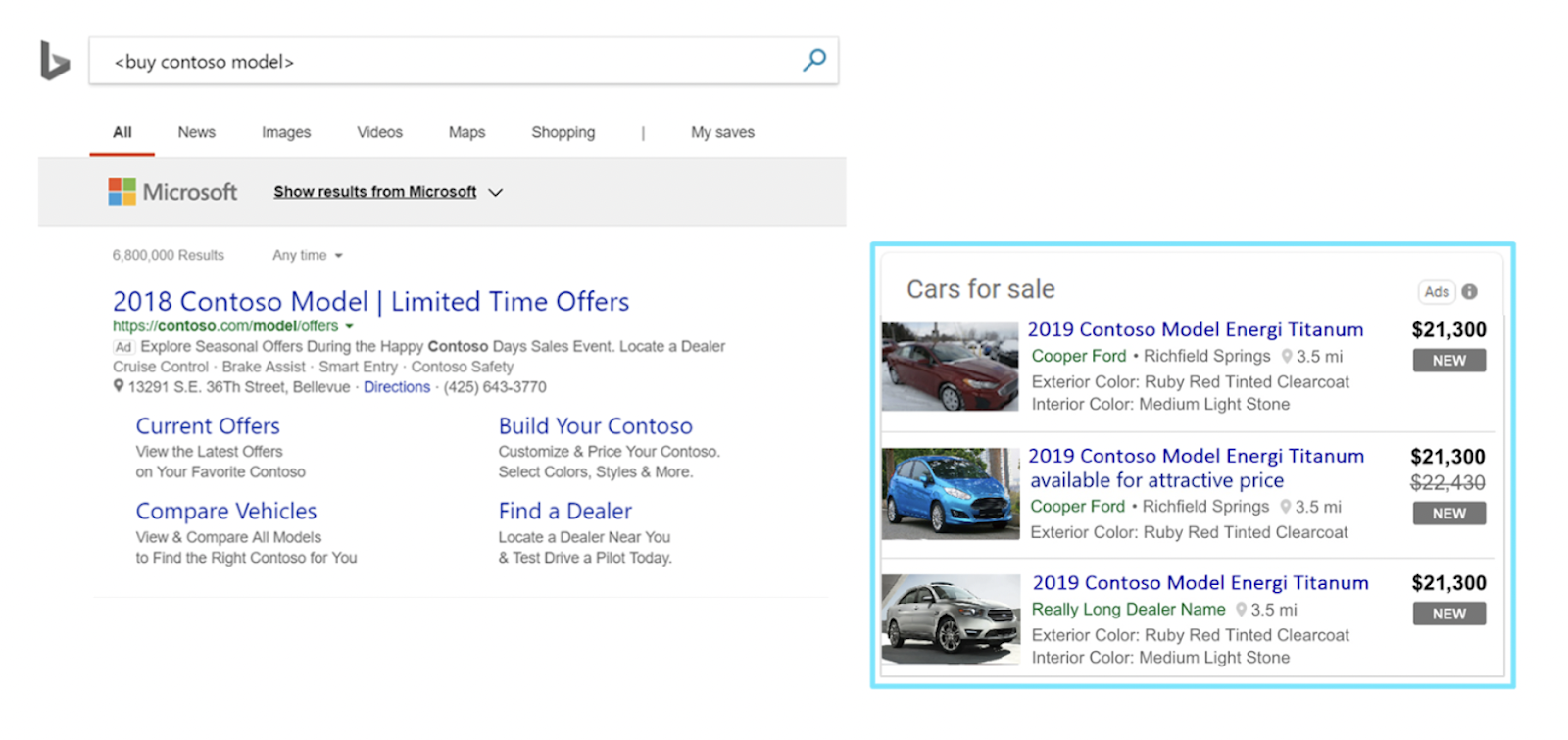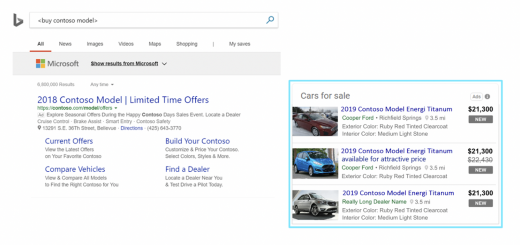Microsoft auto ads, Verizon Media shopper data: Monday’s daily brief
Plus, the state of agency professionals
Marketing Land’s daily brief features daily insights, news, tips, and essential bits of wisdom for today’s digital marketer. If you would like to read this before the rest of the internet does, sign up here to get it delivered to your inbox daily.
Good morning, Marketers, and did you see any other bad April Fool’s Day jokes?
We used to call them “beetles.” My dad had one when I was a kid. I’m talking about that iconically-shaped Volkswagen. It looked like a big beetle (don’t worry, that’s a link to a picture of the car, not a bug).
The vehicle emerged in 1930s Germany in the context of Hitler’s “People’s Car” project. Prototypes were known as the Kraft durch Freude-wagen (strength through joy) — origins forgotten once it was established outside Germany as a popular, inexpensive family vehicle. But the brand administered self-inflicted wounds last week by announcing a name-change to Voltswagen, to reflect its “future-forward investment in e-mobility.”
The problem? A lot of people believed the announcement. Why? Because it’s not actually very funny. Did you see any pranks last week which were hilarious or embarrassingly bad? Send me a link (kdavis@thirddoormedia.com). Here’s something I found funny from the folks at Mediavine: fourth-party cookies.
Also, when you’ve stopped laughing, please take three minutes out of your day to take the Martech Replacement Survey.
Kim Davis
Editorial Director
Autobots, roll out! Microsoft Advertising launches Automotive Ads open beta

Automotive search marketers can rejoice as Microsoft Advertising announced the pilot program for Automotive Ads (April 07, 2021) morning.
“Automotive Ads are feed-based product ads where automotive marketers can upload all the attributes of their car inventory (make, model, year, trim, image, URLs, etc.) and showcase them on the Microsoft Bing.com SERP right rail, the Bing image results page, and native placements on the Microsoft Audience Network,” said the announcement.
Why we care. The pandemic meant that fewer people felt comfortable taking public transportation, but it also put a halt to new car production. As a result, used cars were in very high demand. This meant that dealerships had to keep up with constantly changing inventory–and Microsoft’s existing options for auto advertisers wasn’t cutting it. In fact, many search marketers in the automotive space ended up creating their own tech workarounds to keep their ads up to date.
The new Automotive Ads format lets auto marketers use their existing feeds (like they would on Cars.com or even Facebook Marketplace) and allows dealership advertisers to expand their reach and see the same increase in conversions they might have from Image Extensions.
Verizon Media integrates with Catalina’s shopper data
Catalina, the CPG sales data provider, processes data from 170 million shopper loyalty cards. Verizon Media, the adtech division of the telecoms giant, has an identity graph based on the hundreds of millions of users of Verizon products. It’s now becoming the first DSP to integrate directly with Catalina.
The partnership will allow brands to link digital advertising with in-store and online purchase outcomes, delivering real-time feedback on ad effectiveness. It will also allow assessment of post campaign impact on incremental sales.
Verizon’s media graph offers cross-device and household in addition to individual data, making it possible to identify media impact even when the viewer is not the ultimate buyer.
Why we care. This is another way of delivering real-time insights to brands based on first-party data rather than third-party tracking. The real-time element allows, in principle, brands to discover changes in consumer behavior in the moment.
Most agency professionals don’t believe their company is evolving
We recently wrote about findings suggesting most U.S. marketers were ready to quit last year. Another study came to our attention that extends the narrative to agencies. Market research firm Bastion db5 just released results from over 1,300 respondents in advertising, marketing and PR from a wide range of roles, demographics and tenure.
Here are some of the numbers:
- 60% of respondents don’t believe their company is “evolving with the times to meet employee needs” fast enough.
- C-suite execs believe they’re doing much better at evolving to meet employee needs (50% believe their agency is “at the forefront”) than their own employees – where only 24% of respondents felt their company is “at the forefront.” And ad agencies are even further behind (where only 18% believe their firm is “at the forefront”).
- Top concerns included work/life balance, job security, ageism, and fair pay.
- Many believed their company is not doing enough to help them in their careers. Barely half reported they received “regular performance reviews” and a whopping 44% did not feel their company “provides a clear path to raise/promotion.”
- Most execs (75%) felt their organization “encouraged teamwork/collaboration.”
- 27% of all respondents said they’re not personally fulfilled in their role.
Why we care. Communication is key. It seems like there’s a disconnect between execs and less-senior professionals. This also probably isn’t something new. But it can be intensified by remote work, where digital communications have to be more intentional and considerate. Even if management hears the concerns in its organization, it has to communicate that the message has been received. Everybody might want to study up on best practices for virtual meetings. And we will continue to follow the trend, and see if workplace confidence turns around in the marketing world.
Quote of the day
“Guys. Marketing attribution is literally made up. It’s fake. We just made it up. Did you know this?” Amanda Nielsen, Partner Manager, Formstack
Marketing Land – Internet Marketing News, Strategies & Tips
(39)



